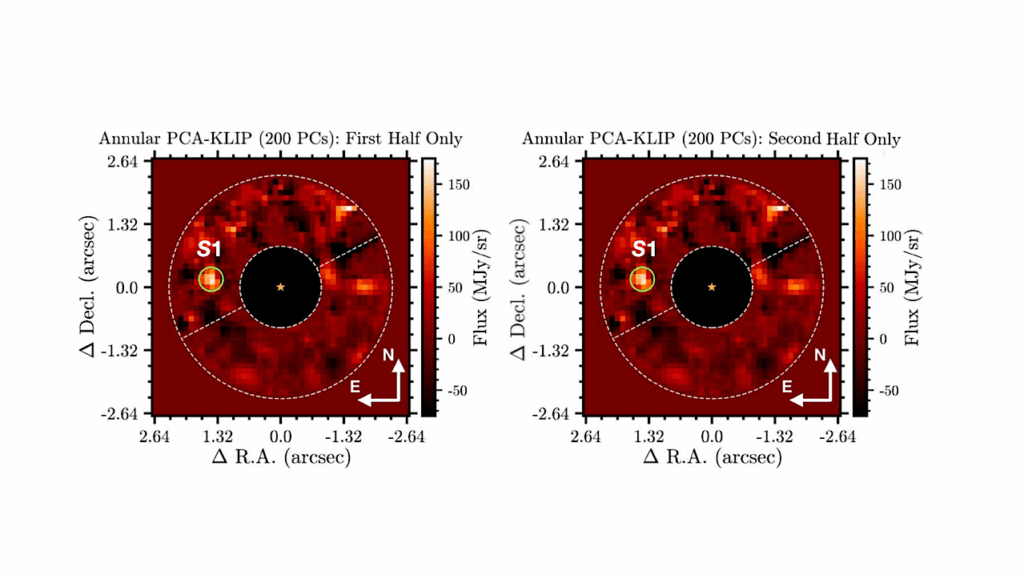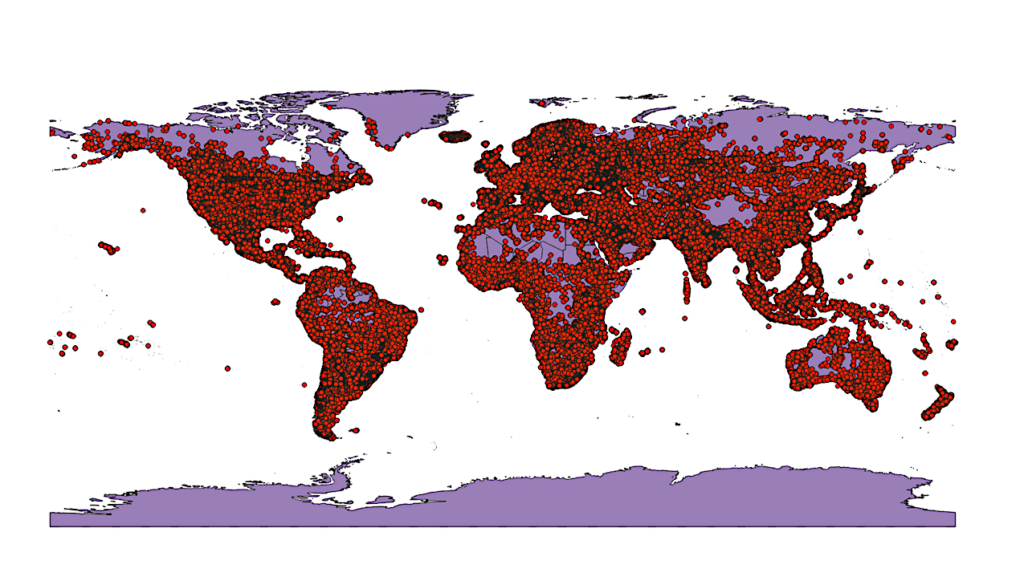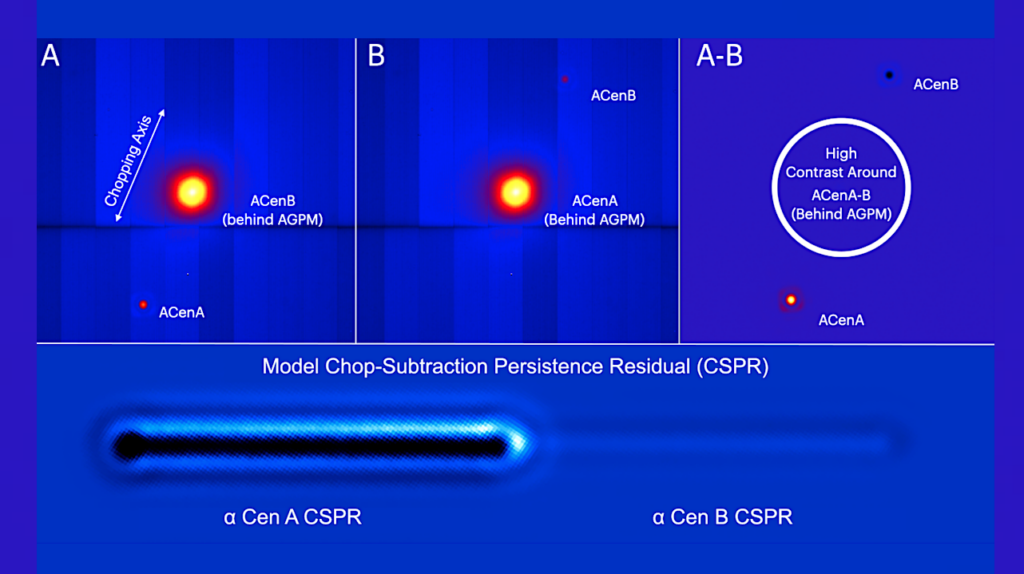Alpha Centauri Revisited: 2nd Epoch ALMA Observations

The observational study of stars in the sub-millimetre regime has only rather recently begun and was made possible mainly by the Atacama Large Millimeter/submillimeter Array (ALMA).
The emission mechanisms of this radiation from normal MS stars and its physical significance for the outer atmospheric layers is the topic of intense contemporary study. Our previous ALMA observations of the alpha Centauri binary system detected the submm emission originating in the chromospheres of these solar-type stars. Observations at another epoch are aiming at further characterising these atmospheric layers and their behaviour with time.
The comparison of data from two epochs should present the basis for more advanced theoretical modelling. In Cycle 4, both stars were again detected in the same bands as in the earlier Cycle 2. These early data suggested a flattening of the SED towards longer wavelengths. Now, the SEDs exhibit a single spectral slope over the entire frequency range (90 to 675 GHz). The SEDs from Cycle 4 can be fit by power laws of the form S(f)~f^a with a=1.76+/-0.01 for alpha Cen A and a=1.71+/-0.02 for alpha Cen B. In addition, we were aiming at clarifying the status of the recently discovered U source and its relation to the alpha Cen system. Proper motion data of the U source should establish its relation to the alpha Cen system, and the submm SED of U should provide information about its physical nature.
For the U source, the upper limits on its proper motion are much smaller than the pm of alpha Cen, which essentially excludes any physical relationship with the binary. For the the ALMA-SED of U applies a=2.55+/-0.14. If this emission from U is due to dust, its opacity exponent b=a-2 would be about 0.5, indicative of particle sizes that are larger than those of the interstellar medium, where b(ISM)~2), but comparable to those found in circumstellar discs.
Rene’ Liseau
(Submitted on 5 Apr 2019)
Comments: 6 pages, 6 figures
Subjects: Solar and Stellar Astrophysics (astro-ph.SR); Astrophysics of Galaxies (astro-ph.GA)
Cite as: arXiv:1904.03043 [astro-ph.SR] (or arXiv:1904.03043v1 [astro-ph.SR] for this version)
Submission history
From: René Liseau
[v1] Fri, 5 Apr 2019 13:02:30 UTC (2,059 KB)
https://arxiv.org/abs/1904.03043
Astrobiology








